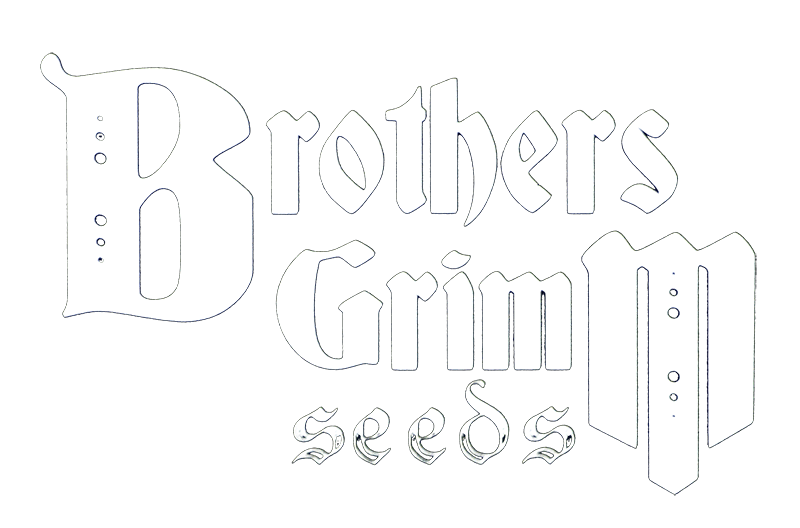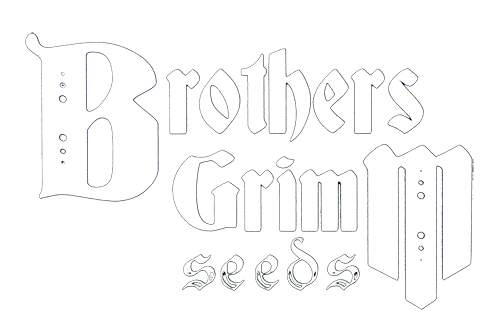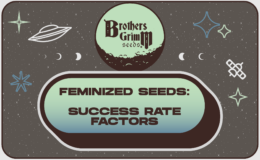A grow tent for growing is a self-contained, portable, and enclosed structure designed for indoor gardening and cultivation of plants, particularly in a controlled environment. It provides a controlled space where you can create the optimal conditions for plants to grow, whether you’re cultivating herbs, vegetables, or flowers. Grow tents are popular because they offer a dedicated space to dial in your environment and even be discreet.
There are many grow tent options because there are different levels of quality. Gorilla Grow tents are some of the best grow tents on the market because they last an extremely long time. Specifically, the zippers stay in tact, there’s no holes in the material, and the material doesn’t rip. Additionally, the metal frame components are extremely sturdy. Gorilla Grow tents are built to last. They have their standard grow tents, as well as a “grow tent lite line,” which cost less. With that said, there’s nothing wrong with shopping for a cheaper, less expensive grow tent on Amazon. Just be aware of zippers breaking or getting stuck, fabric tears, and an overall flimsiness of the tent all together.
Here’s how a grow tent works:
Setup: The tent is assembled, with its frame providing structural support. You may need two people to successfully set up a grow tent. Grow tents comes in many sizes, so choose one that fits your home layout.
Lighting: Grow lights are installed inside the tent to provide the necessary light spectrum for plant growth. The shiny, reflective interior material maximizes light distribution in the tent. You don’t need to buy an expensive LED light to hang in your grow tent, you can start small, spend less, and then upgrade your light next year. Grow lights are often heavy, so having someone help you hang your light would be recommended. LED lights are recommended for new growers growing in a grow tent. If you’re up for it, you could also start by using a CMH 315 grow light. These lights do get very hot, around 80 – 85 F. Do not ever touch the bulb, because the oils on your hands will get on it and result in a potentially dangerous malfunction. Never touch the bulb/lamp as this will cause damage to it.
Ventilation: Ventilation systems including fans and ducts are set up to ensure fresh air exchange, prevent overheating, and manage humidity levels. You can keep those ducts open during your gardening. Many grow tents have flaps on the outside that can be pulled up to expose mesh screen vents.
Air Circulation: Exhaust fans are used to create airflow in a grow tent, which strengthens plants and helps prevent mold and pests. A 6″ exhaust fan is highly recommended. The pressure in the tent from the exhaust fan will cause your grow tent walls to suction in. Outside air will be sucked into the tent through the various spaces it can. You can also put a small clip on fan for the side f your grow tent.
Gorilla Grow Tents also sell additional bars that you can place in the middle of your grow tent (around its circumference) to prevent the walls from caving in. Since grow tent walls cave in and take up some of your space for plants, the bars come in handy.
Temperature and Humidity Control: You need to monitor the temperature and humidity levels within your grow tent. Try to stay between 40%-65% humidity, and below low 80’s F, for temperature. Some grow lights run hotter than others, and the strongest grow lights on the market are not ideal for grow tents. Find a grow light that have legitimate light reviews from other grow tent growers.
Grow tents provide a controlled microenvironment that allows you to optimize conditions for your plants’ growth, regardless of the external weather or environmental factors. They’re especially popular for indoor gardening because they offer a convenient, modular, and efficient solution for cultivating plants indoors.
You don’t need to have a dedicated grow room to grow at home. Use a grow tent while you learn to grow or live in small quarters.
Scale up as you wish. To grow gigantic monster size plants indoors that yield a couple pounds each is the dream, isn’t it? You’ll need an extra large grow tent (the largest available) or a dedicated grow room, ideally sealed. As for a grow room, if you’re indoors with high ceilings, you could always grow an enormously tall monster of a plant. If you have height restrictions, then you’d want to train/guide your plant into growing horizontally covering as much footprint as possible for 3-4 months or even more in vegetative phase.







Leave a Comment